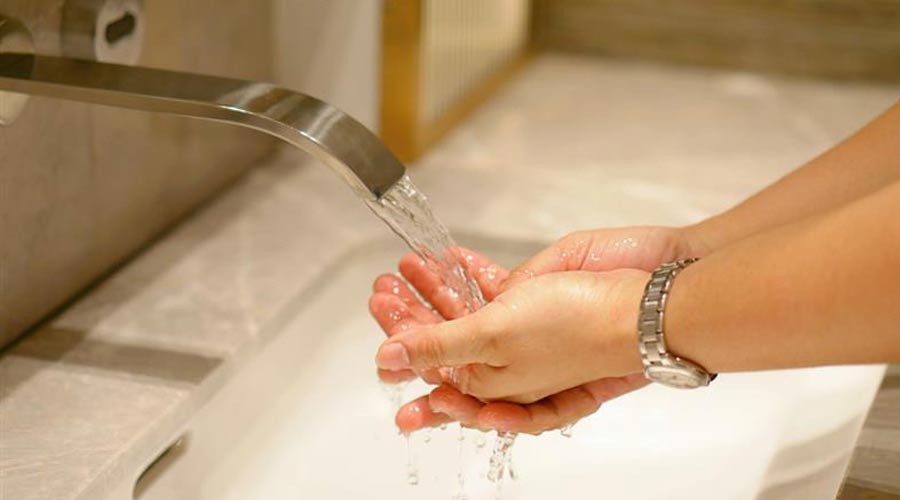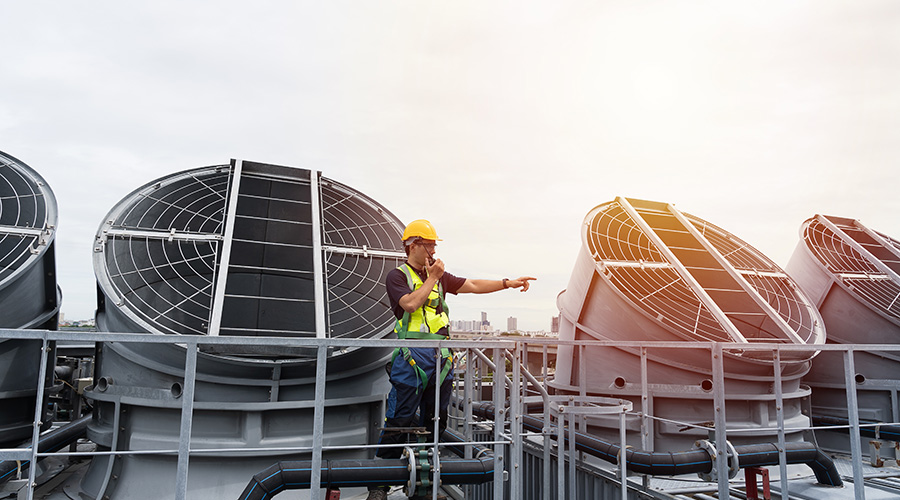Public Relations Plays Role in Water Conservation
Part 3 of a 3-part article on water conservation practices
Just as important as product specification and metering technology is the challenge of keeping building occupants involved in water-conservation efforts through education and frequent reminders that they are an important part of the solution.
Public relations are essential for a successful water-conservation strategy. Curtailing consumption not only saves a precious resource. It also saves money. For facilities, this means more money available for continuous upgrades and profits. Among the proven communication tactics designed to build buy-in among employees and other occupants are these:
• �Set up and distribute a water-conservation policy that encourages continuous improvement.
• �Tell occupants about the importance and benefits of water conservation.
• �Use internal communications, such as water-conservation pamphlets, to spread the word.
• �Install suggestion boxes, specifically for water conservation, in high-traffic areas. Encourage occupants to make suggestions and report water waste.
• �Install signs encouraging water conservation in restrooms, kitchens, laundries, and include information on the impact of leaks with data on gallons per year and related costs.
• �Assign a maintenance technician, employee, or volunteers to evaluate water-conservation opportunities and effectiveness and submit improvement ideas.
• �Assign a water-conservation subject-matter expert who is familiar with building codes and water saving techniques to champion the cause in each department, area, or building by consolidating and reporting successes.
• �Share successes regularly with other departments by consolidating and sharing reports throughout the organization.
• �Audit the water-conservation program annually to find and apply improvements.
Telling the story of the cost of water can make a compelling argument for water conservation. The cost of water equals the utility rate multiplied by the volume consumed by a facility. This rate increases regularly at a fairly substantial pace in many communities, and communities pay for the increase twice — both for the water used and for volume of used water and waste discharged into the sewer.
Many water districts are raising water rates 10 percent a year to pay for upgrades of aging infrastructures, as well as for operating cost increases. In cases where a utility skips several yearly increases, communities have seen a 100 percent increase to compensate. While the consumer cannot control the rate increases, the consumer and manager can have a say in controlling of the volume. Managers need to convey this message to build buy-in for water conservation.
Thomas A. Westerkamp is a maintenance and engineering management consultant and president of the work management division of Westerkamp Group LLC.
Related Topics:














